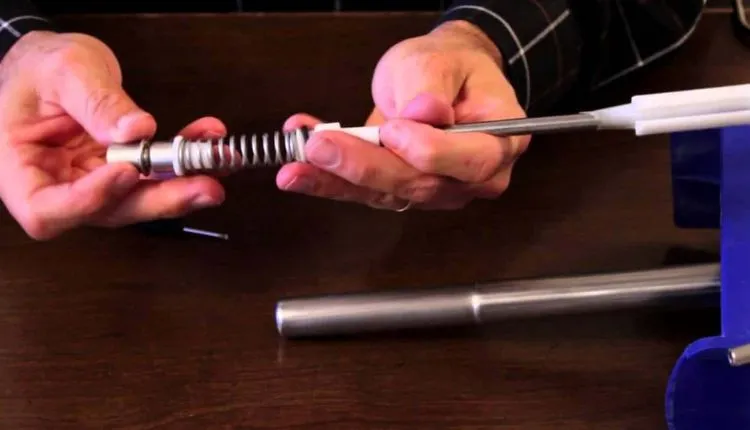Components Of Soap Dispenser
Soap dispensers are a must-have in every bathroom. They are not only space-saving, but also very practical and hygienic. In this article, we will cover some important aspects that should be kept in mind when purchasing one. We will also look at materials, design, and sensors. This way, you can make an informed decision about buying a dispenser that fits your needs.
Sensors
Soap dispensers come in a variety of types. Some are wall mounted, while others are countertop automatic soap dispensers. They’re available in stainless steel, plastic, or glass. The type you choose depends on what you need in your kitchen or bathroom. Stainless steel is the most common choice for automatic soap dispensers. The metal is corrosion resistant and lightweight. It also has a sleeker design than plastic models. However, it is not as durable as glass. Plastic models have a more affordable price.
Automatic soap dispensers are a convenient way to clean your hands. They work by using motion sensors to detect hands. When the sensor senses that your hand is near the dispenser, it sends a signal to the pump. As a result, the pump dispenses a pre-measured amount of soap.
Materials
There are many different materials that can be used for soap dispensers. The type of material you choose can make a big difference in the quality, look and durability of your dispenser. Metal and glass are two common materials for soap dispensers. These are sturdy and strong. They are also easy to clean. However, metal is more likely to break.
Stainless steel is another good material to use. Stainless steel is durable and can withstand frequent abuse. It is also resistant to rust. Ceramic is another popular material for soap dispensers. This material can add a touch of elegance to a bathroom. It is also easy to match with other bathroom design elements. Plastic is also an option for soap dispensers. Plastic units are cheaper than metal and glass. However, plastic can rust and become stained after a while.
Design
Soap dispensers come in a wide variety of designs. They can be manufactured from glass, metal, melamine, plastic or other recycled materials. The dispensers can be used in public restrooms, restaurants, hotels and other commercial settings. There are also automatic soap dispensers, which are useful for operating theaters.
A good soap dispenser is more than a container for liquid soap. It should also be functional and aesthetically pleasing. These are particularly important for commercial settings where aesthetic appeal is a must. In addition to being a dispenser, it should also include a place for advertising.
The most efficient design would be one that allows users to easily change the cover to display a message. For instance, the cover 14 could have two alternate buttons 68.
Space-Saving
Soap dispensers are an important part of public restroom hygiene. Not only do they save time and money, they also help prevent cross contamination. These products come in a variety of styles, sizes and designs. They are a must-have in any establishment.
There are many different types of soap dispensers, including manual, wall mounted, and automatic. It is important to choose a type that fits your needs. If you live in a condo or small apartment, a smaller, more compact style may be more suitable. Alternatively, if you have a large space to work with, you can go for a wall-mounted model.
If you are looking for a soap dispenser that will be a great addition to a kitchen, bath, or laundry room, the ULTI-MATE Dispenser 4 Shower Caddy is the way to go. This wall mounted unit holds four liquids, includes hooks for storage, and can be installed with minimal effort.
Hygiene
In the healthcare sector, hand hygiene is a vital tool in the prevention of infection. Hand hygiene helps protect patients, nurses, and other healthcare workers from illness-causing germs. It can also help prevent cold and flu. However, many facilities experience problems with their soap dispensers. When selecting a dispenser, choose one that is refillable and sanitary. If possible, consider an automatic system, as these minimize cross-contamination between users. Some dispensers can be cleaned easily.
Liquid or foam soap dispensers also reduce the risk of infection. They require less formulation per dispense and can help reduce water consumption. Sealed dispensing systems are becoming more popular among facility managers. This type of dispenser prevents bacteria from contaminating the soap and preventing bacterial biofilm formation.
Final Thought
Soap dispensers are a great way to reduce waste, improve hygiene, and provide a nice touch to your bathroom. These dispensers work with a pump that delivers the proper amount of soap every time. There are many different types to choose from. They can be made from plastic, ceramic, or melamine.




